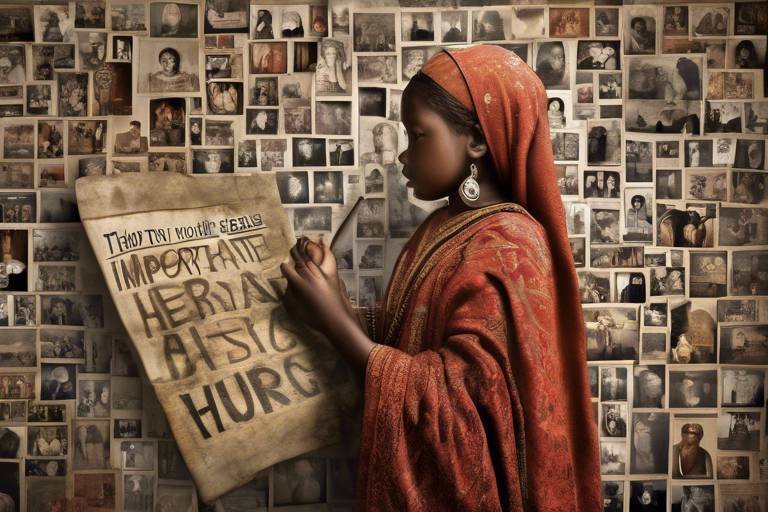Ancient Sumerian Religion - Gods and Creation Myths
Ancient Sumerian religion is a fascinating subject that offers a glimpse into the beliefs and practices of one of the world's oldest civilizations. The Sumerians worshipped a diverse pantheon of gods and goddesses, each with their own unique attributes and significance in the cosmic order. These deities played crucial roles in the creation myths that explained the origins of the world and humanity, shedding light on themes of creation, fertility, and divine intervention.
The Sumerian pantheon was rich and varied, with each deity holding sway over different aspects of life and nature. From the supreme deity Anu, who ruled over the heavens, to the primordial mother goddess Nammu, who was believed to be the mother of all deities, the Sumerian gods and goddesses formed a complex and interconnected divine hierarchy.
One of the most prominent figures in Sumerian mythology is Enki, the god of wisdom and water, and his counterpart Ninhursag, the earth and mother goddess. Together, they were credited with creating humanity and shaping the world, embodying the fundamental forces of creation and fertility.
Inanna, the fierce goddess of love, war, and fertility, reigned as the Queen of Heaven and Earth in Sumerian religious beliefs. Her cult was central to many aspects of Sumerian society, symbolizing the dual nature of life and death, creation and destruction.
The divine couple Enlil and Ninlil played a crucial role in Sumerian cosmology, their union giving birth to the moon god and highlighting the interconnectedness of love, fertility, and cosmic order in the ancient worldview.
Utu, the sun god, and Nanna, the moon god, represented the celestial bodies that governed the cycles of day and night, light and darkness. Their roles were essential in maintaining balance and order in the cosmos, reflecting the Sumerian understanding of the natural world.
Ereshkigal, the enigmatic goddess of the underworld, held sway over the realm of death and rebirth, embodying the cyclical nature of existence in Sumerian beliefs. Her complex role in the cosmic order underscored the interconnectedness of life and death, creation and destruction.
As the supreme deity in the Sumerian pantheon, Anu presided over the heavens and governed the divine hierarchy, ensuring cosmic order and balance. His significance as the ruler of the gods underscored the importance of maintaining harmony and order in the universe.
Nammu, the primordial mother goddess of the sea, was revered as the source of all life and the nurturing force behind the creation of the universe. Her role in Sumerian mythology highlighted the cyclical nature of creation and the interconnectedness of all living beings.
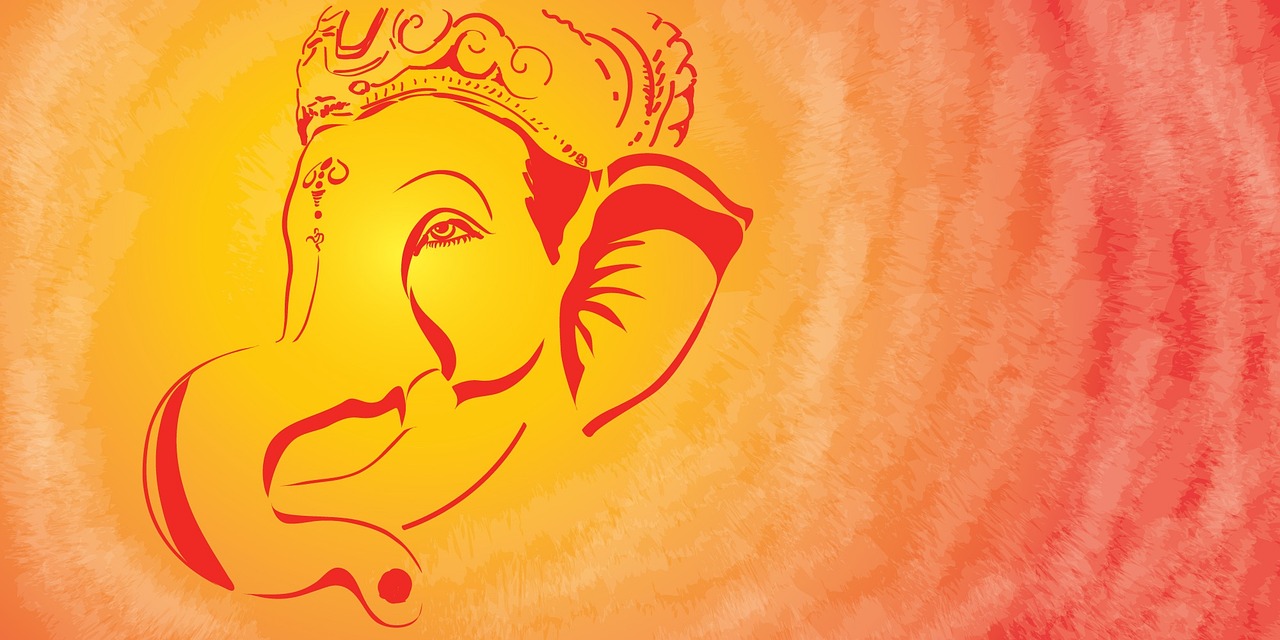
Sumerian Pantheon
The ancient Sumerians had a rich and diverse pantheon of gods and goddesses that played significant roles in their religious beliefs and daily lives. Among the major deities worshipped by the Sumerians were Anu, the supreme deity of the heavens, Enlil, the god of wind and storms, and Enki, the god of wisdom and water. Each deity in the Sumerian pantheon had specific attributes and responsibilities, reflecting various aspects of nature, human experience, and cosmic order.
In addition to the prominent gods, the Sumerian pantheon also included powerful goddesses such as Inanna, the queen of heaven and earth, and Ereshkigal, the ruler of the underworld. These goddesses embodied different facets of life, from love and fertility to death and rebirth, illustrating the complex and multifaceted nature of Sumerian religious beliefs.
The worship of these deities was not just a ritualistic practice but an integral part of Sumerian society, influencing everything from agriculture and governance to art and literature. The gods and goddesses were believed to intervene in human affairs, bestow blessings, and mete out justice, making them central figures in the spiritual and moral framework of ancient Sumeria.
Furthermore, the Sumerian pantheon was not static but evolved over time, with new deities being introduced and existing ones assimilating traits from other cultures. This dynamic nature of Sumerian religious beliefs reflected the interconnectedness of ancient civilizations and the adaptability of human spirituality in the face of changing circumstances.
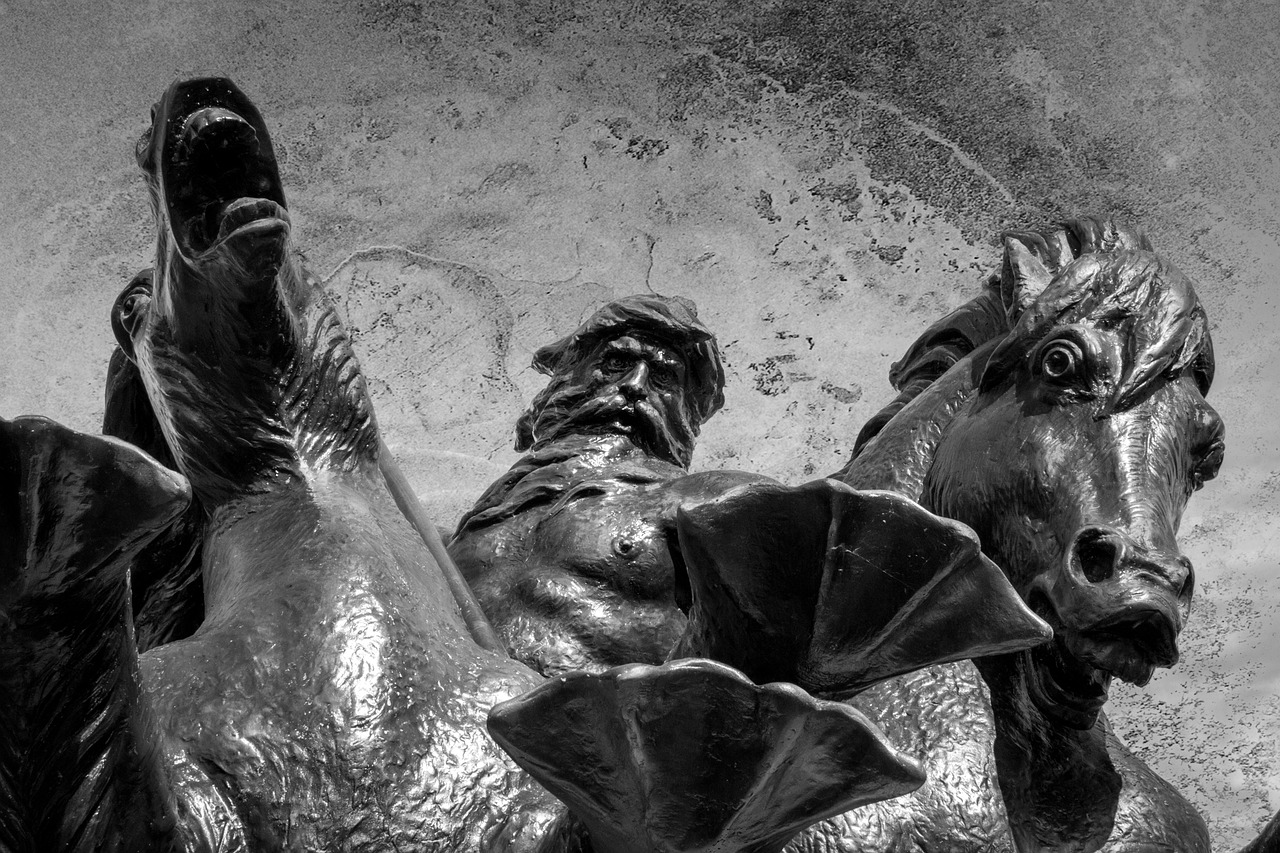
Creation Myth of Enki and Ninhursag
The Creation Myth of Enki and Ninhursag is a captivating tale that delves into the origins of humanity and the world according to ancient Sumerian beliefs. Enki, the god of wisdom, fresh water, and magic, and Ninhursag, the earth and mother goddess, played pivotal roles in this mythological narrative.
According to the myth, Enki and Ninhursag engaged in a creative partnership to bring life to the barren earth. Enki, known for his cunning intellect and inventive nature, devised a plan to create humans from clay mixed with the essence of the gods. Ninhursag, with her nurturing and fertile attributes, breathed life into these clay figures, giving birth to the first humans.
The myth highlights the harmonious collaboration between Enki and Ninhursag, symbolizing the balance between masculine and feminine energies in the act of creation. It underscores the importance of wisdom, creativity, and nurturing in the emergence of life and the world as we know it.
Moreover, the Creation Myth of Enki and Ninhursag reflects the Sumerian reverence for the natural elements and the divine forces that govern the universe. It serves as a reminder of the interconnectedness between humanity, the gods, and the earth, emphasizing the cyclical nature of creation, sustenance, and renewal.
This mythological narrative not only sheds light on the origins of humanity but also imparts valuable lessons on the significance of cooperation, innovation, and respect for the natural world. It invites us to ponder our place in the grand scheme of existence and the enduring legacy of ancient Sumerian wisdom and spirituality.
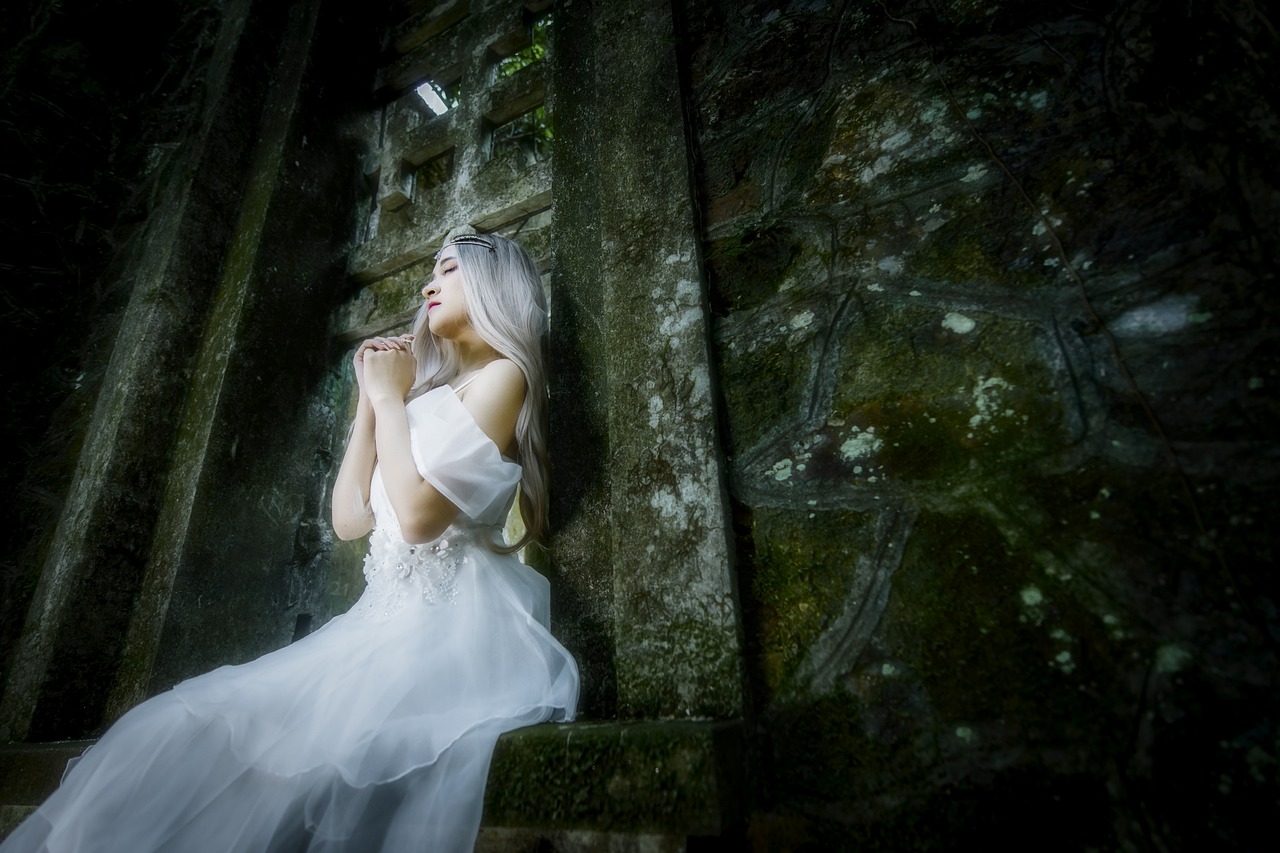
Inanna - Queen of Heaven and Earth
Inanna, the Queen of Heaven and Earth, is one of the most prominent deities in ancient Sumerian mythology. She is revered as the goddess of love, war, and fertility, embodying a complex array of attributes that reflect the multifaceted nature of human existence. Inanna's cult was central to Sumerian religious practices, with temples dedicated to her worship found throughout Mesopotamia.
Known for her beauty and power, Inanna symbolizes both the nurturing aspects of femininity and the fierce, independent spirit of a warrior. She is often depicted in art and literature as a symbol of vitality and strength, representing the eternal cycle of life, death, and rebirth.
As the Queen of Heaven, Inanna holds a position of supreme authority among the Sumerian gods, overseeing the celestial realm and guiding the forces of nature. Her role as the goddess of fertility is particularly significant, as she is believed to govern the cycles of growth and abundance that sustain life on earth.
Inanna's mythology is rich with tales of her adventures and divine interventions in the affairs of both gods and mortals. She is known for her cunning and resourcefulness, as well as her capacity for both love and war. Inanna's complex character reflects the intricate balance of power and compassion that defined the ancient Sumerian pantheon.
Devotees of Inanna would seek her favor through rituals and offerings, hoping to gain her protection and blessings in matters of love, fertility, and prosperity. Her cultic practices often involved elaborate ceremonies and rites performed by priestesses who served as intermediaries between the mortal world and the divine realm.
Overall, Inanna's significance in Sumerian religion cannot be overstated. As the Queen of Heaven and Earth, she embodies the essence of feminine power and wisdom, guiding humanity through the cycles of life and death with grace and authority.
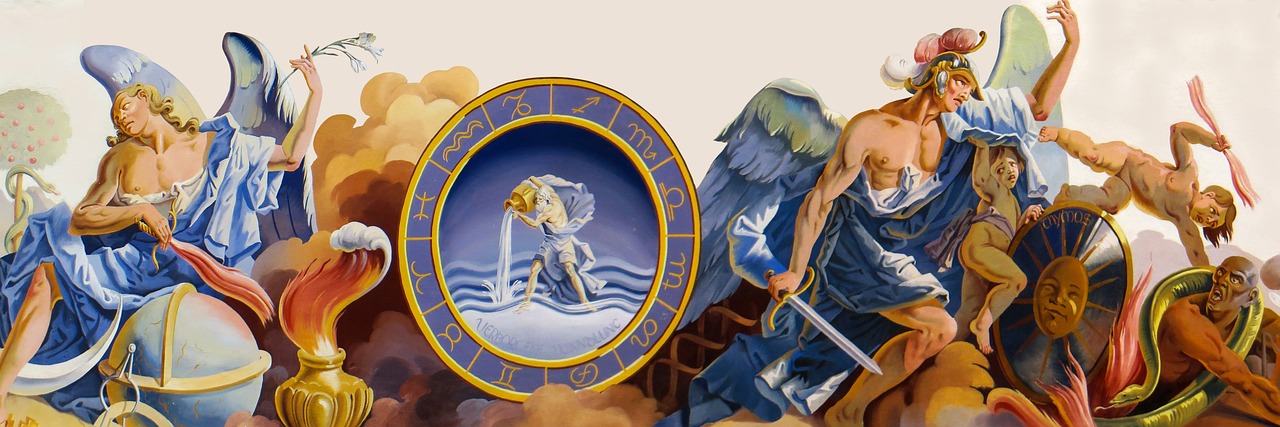
Enlil and Ninlil - The Divine Couple
Enlil and Ninlil, known as the Divine Couple in Sumerian mythology, represent a union of cosmic significance that influenced the very fabric of the universe. Enlil, the god of wind, storms, and agriculture, was revered for his power to bring both destruction and fertility to the land. Ninlil, the goddess of the air and grain, complemented Enlil's authority with her nurturing and life-giving attributes.
The mythological tale of Enlil and Ninlil revolves around their divine courtship and subsequent union, which led to the birth of the moon god, Nanna. This celestial offspring symbolized the harmonious balance between the forces of nature and the cosmic order maintained by the divine couple.
Enlil and Ninlil's story embodies themes of love, fertility, and the cyclical nature of life and death. Their union exemplifies the interconnectedness of the elements and the essential role of balance in sustaining the world. Just as the wind and the air combine to bring forth life-giving rain, Enlil and Ninlil's partnership symbolizes the intricate dance of creation and renewal in the cosmos.

Utu and Nanna - Sun and Moon Deities
Utu, the Sumerian sun god, and Nanna, the moon god, hold significant roles in the ancient Sumerian religious pantheon. Utu, often depicted as a powerful and radiant deity, symbolizes light, justice, and truth. As the sun god, Utu was believed to travel across the sky during the day, bringing light and warmth to the world. In contrast, Nanna, the moon god, governed the night, guiding travelers and influencing the tides.
According to Sumerian mythology, Utu and Nanna were essential for maintaining balance and order in the cosmos. Utu's journey through the sky represented the cycle of day and night, while Nanna's phases mirrored the waxing and waning of the moon. Together, they symbolized the complementary forces of light and darkness, creation and destruction, in the universe.
Devotees of Utu and Nanna often worshipped them for protection, guidance, and blessings. Priests and priestesses conducted rituals and ceremonies to honor the sun and moon deities, seeking their favor for bountiful harvests, successful endeavors, and divine intervention in times of need.
In Sumerian art and literature, Utu and Nanna were frequently depicted in mythological narratives and religious texts. Utu's chariot ride across the sky and Nanna's gentle glow in the night sky inspired awe and reverence among the ancient Sumerians, who saw the sun and moon as celestial symbols of power and divinity.

Ereshkigal - Queen of the Underworld
Ereshkigal, the enigmatic Queen of the Underworld in ancient Sumerian mythology, holds a complex and intriguing role in the pantheon of deities. As the ruler of the land of the dead, she governs the realm of Kur, where the spirits of the deceased reside. Ereshkigal is often depicted as a powerful and formidable figure, embodying the mysteries of death, rebirth, and the afterlife.
According to Sumerian mythology, Ereshkigal is the sister of Inanna, the Queen of Heaven, creating a fascinating contrast between the realms of the living and the dead. Despite her dark domain, Ereshkigal is not merely a symbol of destruction and decay but also a symbol of transformation and renewal. She represents the cyclical nature of existence, where death is not the end but a part of the eternal cycle of life.
One of the most famous myths involving Ereshkigal is the Descent of Inanna, where the Queen of Heaven ventures into the underworld to visit her sister. This myth symbolizes the journey of the soul through the trials of death and rebirth, highlighting the interconnectedness of life and death in the cosmic order of the universe.
Ereshkigal's realm is a place of judgment and purification, where the souls of the departed undergo trials to determine their fate in the afterlife. As the Queen of the Underworld, she presides over the cosmic balance between life and death, ensuring that order is maintained in the cycle of existence.
Despite her fearsome reputation, Ereshkigal is also a symbol of compassion and empathy, understanding the pain and suffering of those who pass through her domain. In some myths, she is portrayed as a benevolent figure who guides the souls of the dead to their final resting place, offering them solace and comfort in their transition to the afterlife.

Anu - The Supreme Deity
Anu, known as the Supreme Deity in ancient Sumerian religion, held a paramount position in the divine hierarchy. Revered as the god of the heavens, Anu symbolized power, authority, and cosmic order. His presence was believed to govern the balance of the universe, ensuring harmony among the gods and mortals alike. Anu's role extended beyond mere rulership; he was seen as the ultimate source of divine wisdom and guidance, influencing the decisions and actions of other deities.
As the patriarch of the Sumerian pantheon, Anu was venerated for his role in maintaining cosmic balance and overseeing the celestial realm. His association with the heavens signified his supremacy over all other gods, embodying the concept of divine sovereignty and cosmic governance. In Sumerian mythology, Anu's presence was often invoked in rituals and prayers seeking blessings, protection, and divine favor.
The mythology surrounding Anu depicted him as a wise and just ruler, embodying the qualities of order, justice, and wisdom. His authority was unquestioned, and his decisions were considered final among the gods. Anu's significance in Sumerian religious practices underscored the importance of divine order and hierarchy, emphasizing the role of the Supreme Deity in upholding the cosmic balance.
Devotion to Anu was central to Sumerian religious beliefs, with temples and altars dedicated to his worship found throughout ancient Mesopotamia. Priests and priestesses served as intermediaries between the mortal realm and the divine, offering prayers and sacrifices to honor Anu and seek his benevolence. The rituals performed in honor of Anu were believed to ensure prosperity, protection, and spiritual guidance for the worshippers.

Nammu - The Primordial Mother
Nammu, the Primordial Mother, holds a significant place in Sumerian mythology as the goddess of the sea and the mother of all deities. She is revered as the creator and nurturer of the universe, embodying the essence of primordial chaos from which all life emerged. Nammu's role in the pantheon is foundational, symbolizing the origin of existence and the source of divine power that permeates the cosmos.
According to Sumerian beliefs, Nammu gave birth to the first generation of gods and goddesses, establishing the divine lineage that governed the world. She is often depicted as a maternal figure, embodying the nurturing and life-giving aspects of creation. As the primordial mother, Nammu represents the eternal cycle of birth, growth, and renewal that sustains the universe.
Mythological tales describe Nammu as the watery abyss from which all life sprang forth, highlighting her connection to the primal forces of nature and the mysteries of the deep sea. She is associated with fertility, abundance, and the generative powers of the earth, symbolizing the endless potential for creation and growth.
In Sumerian cosmology, Nammu is revered as the source of all existence, the divine mother who birthed the cosmos and the gods themselves. Her presence is felt in the ebb and flow of the tides, the life-giving waters that nourish the land, and the endless expanse of the sea that mirrors the vastness of the universe.
Frequently Asked Questions
- Who were the main gods worshipped by the ancient Sumerians?
The ancient Sumerians worshipped a pantheon of gods and goddesses, including prominent deities like Enki, Ninhursag, Inanna, Enlil, Ninlil, Utu, Nanna, Ereshkigal, Anu, and Nammu.
- What were the roles of Inanna in Sumerian mythology?
Inanna, known as the Queen of Heaven and Earth, was a powerful goddess associated with love, war, and fertility. She played a significant role in religious practices and was revered for her influence over various aspects of life.
- How did the creation myth of Enki and Ninhursag shape Sumerian beliefs?
The story of Enki and Ninhursag creating humanity and the world highlighted themes of fertility, creation, and divine intervention, shaping the Sumerian understanding of the origins of life and the universe.
- What significance did Anu hold in the Sumerian pantheon?
Anu was revered as the Supreme Deity in Sumerian beliefs, associated with the heavens and governing the divine hierarchy and cosmic order. His role was central to maintaining balance and harmony in the cosmos.
- Who was Nammu and what was her role in Sumerian mythology?
Nammu was the Primordial Mother, the goddess of the sea and the mother of all deities in Sumerian mythology. She was seen as the creator and nurturer of the universe, embodying the essence of creation and life.












